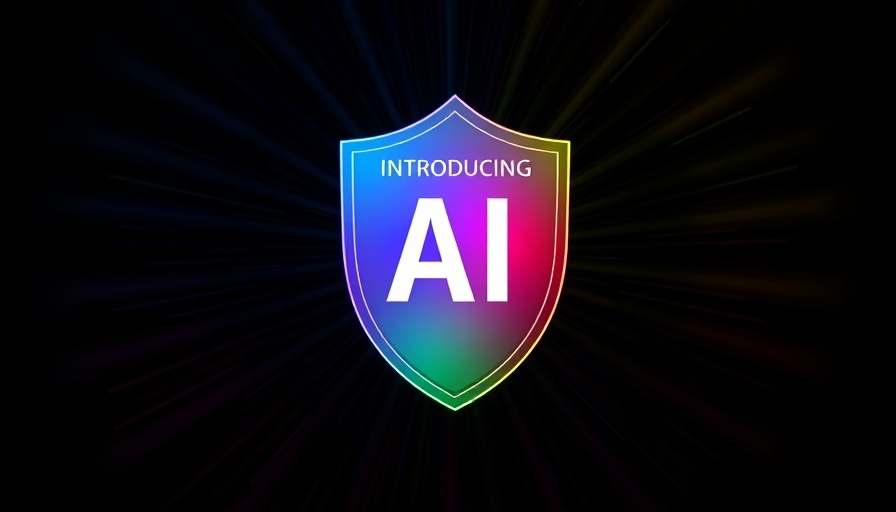
AI Protection: A New Era in Security Management
As artificial intelligence (AI) becomes an integral part of business operations, security remains a critical concern. Organizations are increasingly wary of the risks that accompany the rapid adoption of AI technologies. Google Cloud has addressed these concerns with the introduction of AI Protection, a comprehensive security solution designed to safeguard AI workloads and data, regardless of the platforms utilized.
Understanding AI Risk Management
AI Protection enables organizations to systematically identify, assess, and mitigate the myriad risks associated with implementing AI technologies. Effective AI risk management involves a structured process that seeks to minimize the negative impacts while amplifying the benefits of AI systems.
Recent studies highlight that while 72% of organizations have embraced some form of AI, many struggle to secure their projects. For example, an IBM survey found that a staggering 96% of leaders believe that the introduction of generative AI increases the likelihood of security breaches. In contrast, only 24% of existing generative AI projects are securely managed. This gap underscores the urgency for AI risk management strategies.
Key Features of AI Protection
Google's AI Protection is engineered to enhance AI risk management through three primary capabilities: discovering AI inventory, securing AI assets, and managing AI threats. With tools for mapping and cataloging AI assets, organizations can gain insights into where and how AI is deployed, essential for effective risk mitigation.
One standout feature, Model Armor, provides robust protection against a range of threats such as prompt injections and jailbreak attacks. This capability is vital for the security of generative AI applications, ensuring organizations remain insulated from potential breaches across different clouds.
Broader Implications For AI Governance
The launch of AI Protection emphasizes the need for comprehensive governance structures in AI development. Experts highlight that AI risk management frameworks, such as the recently published NIST AI Risk Management Framework, provide essential guidelines aimed at fostering responsible AI practices. By integrating risk management processes into corporate governance, organizations can ensure that AI deployments are not only innovative but also ethical and secure.
Bridging the Security Gap
While the benefits of AI are compelling, organizations must respond proactively to potential vulnerabilities. The rapid development of AI technologies necessitates ongoing assessments and updates to security measures. This is where AI Protection's capabilities shine, allowing for real-time identification of threats and remediation actions that keep pace with evolving cyber threats.
In conclusion, as organizations pursue the horizon of AI innovation, leveraging a comprehensive security solution like Google Cloud’s AI Protection is not just beneficial, but essential for safeguarding their digital ecosystems.
 Add Row
Add Row  Add
Add 




Write A Comment